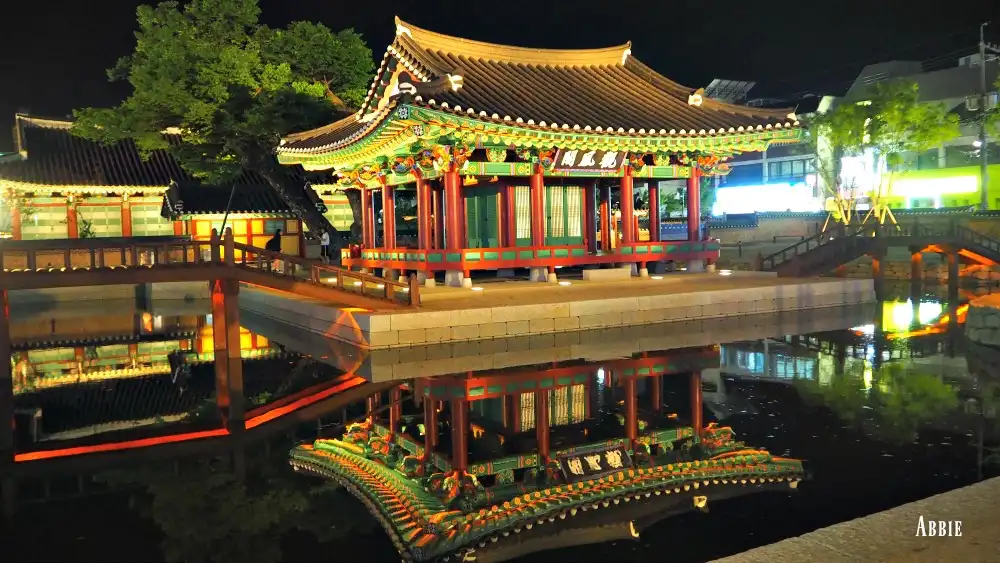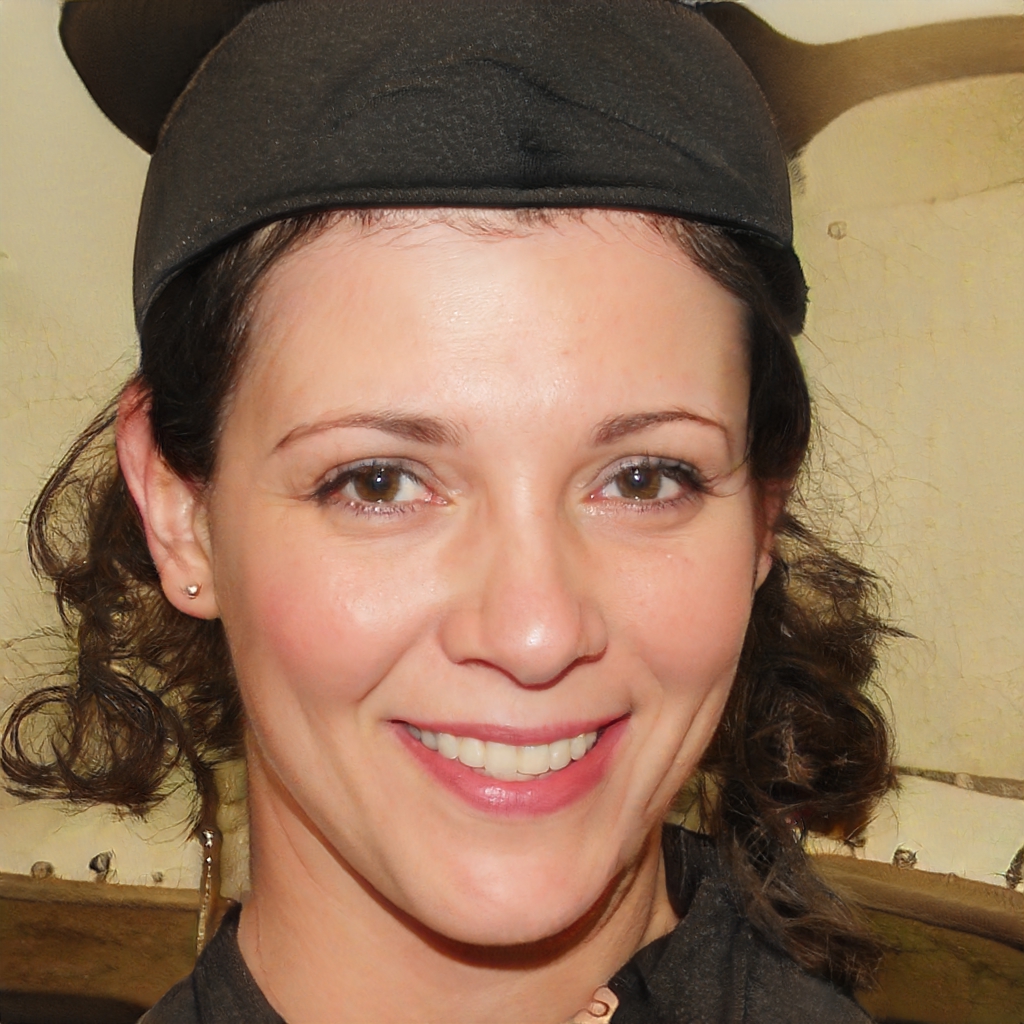
3 Days Itinerary in Wŏnju, South Korea - Travel Guide
Thrilling Three Day Journey into the Heart of Wŏnju, South Korea
| Days | Description |
|---|---|
| 1 | Day 1 – Discovering Wŏnju’s Cultural Riches |
| 2 | Day 2 – Unearth the Artistic Side of Wŏnju |
| 3 | Day 3 – Embracing Nature in Wŏnju |
Introduction
Immerse yourself in an unforgettable three-day exploration of Wŏnju, South Korea. Discover the compelling blend of modernity and tradition in this vibrant corner of Gangwon Province, taste the exquisite local cuisine, and take in the breathtaking natural wonders. From historical landmarks to scenic trails and beautiful gardens, Wŏnju is a city that leaves a lasting impression.
Day 1 – Discovering Wŏnju’s Cultural Riches
Kickstart your day with a visit to the Wŏnju History Museum, where you'll get to glimpse into the city's rich cultural and historical tapestry. Stroll through the extensive exhibits displaying everything from prehistoric artifacts to artifacts from the Joseon Dynasty. Next, swing by the Wŏnju Hanji Theme Park, a fascinating place to dive into the traditional Korean papermaking art. Ever tried your hand at making paper? Let's give it a go, shall we? To satisfy your taste buds, take a lunch break at a local restaurant and savor the traditional Korean dish ‘Galbi’. Now, post-lunch, lace up your boots to embark on the scenic Chiaksan National Park hike. Let the refreshing chirping of birds guide your path as you explore the dense forests and lofty peaks. End your day savouring Korean barbeque while enjoying melodious local music at a popular downtown joint.
Day 2 – Unearth the Artistic Side of Wŏnju
Let’s start our day at the vibrant Wŏnju Art Centre. Here, we’ll get to marvel at a myriad of paintings, sculptures, ceramics and more. Fancy a pottery-making experience? This is your chance! Next, head over to the Cheongmyeong Art Village, where traditional Korean homes (Hanok) transformed into art studios promise an enchanting exploration. For lunch, we recommend checking out the local food market, where you can dive head-first into the myriad of street food. Imagine tasting hotteok (sweet pancakes), tteok-bokki (stir-fried rice cakes), or savory pajeon (green onion pancakes). Had enough art for one day? Nope, we think not! A visit to Wŏnju Art Street awaits you in the evening. Walking amongst talented street artists and performers, it’s an experience that echoes in your memories for long. As the day winds down, one might ask, ‘Why not dine in a traditional Korean restaurant?’ You know, a place where you can savour a spread of banchan (side dishes) with a hearty bowl of bibimbap.
Day 3 – Embracing Nature in Wŏnju
Today's itinerary has a green heart at its core. Start your morning with a calming—and maybe a little fascinating—walk through the Samyang Ranch, known as Asia's largest highlands ranch. Who knows? You might even spot a few shooting locations of your favorite South Korean dramas! For a stark but interesting contrast, the next stop is the Guryong Falls, a breathtakingly scenic site you'd want to capture with both your camera and heart. Lunch beckons, and it’s time to try the spicy and satisfying 'Dak galbi' at a local eatery. Later, embrace the opportunity to visit Ganhyeon Tourist Resort, a popular destination known for its picturesque views and vibrant outdoor activities. Fancy some rock climbing or cable car rides? Here's your chance! As the evening draws in, unwind at a quaint café along the banks of the River Namdae. Finish your day indulging in a seafood platter, reminiscing about the exhilarating three-day adventure you've just had in Wŏnju.

Sofia Manson
FAQs about this
3 day itinerary in
Wŏnju
Spring (April to June) and autumn (September to November) are considered the best times to visit Wŏnju when the weather is pleasant, and the scenery is at its finest.
Yes, Wŏnju is well-connected with a convenient public transportation system consisting of buses and taxis. Also, key attractions are well-signposted, making it easy for tourists to navigate.
Wŏnju is famous for various local dishes including Wonju Hanu (Korean beef), Dak galbi (spicy stir-fried chicken), and Makguksu (buckwheat noodles), which perfectly encapsulate the rich culinary tradition of this Korean city.
Other city itineraries in South Korea
- Gwangju
- Yeosu
- Sejong
- Ch’ŏnan
- Hwasu-dong
- Daegu
- Andong
- Gwangmyeongni
- Suncheon
- Iksan
- Ulsan
- Incheon
- Tongjin
- Sŏsan
- Kyŏngju
- Yanggok
- Ŭiwang
- Chuncheon
- Hanam
- Mokpo
- Sihŭng
- Chungju
- Jeju
- Paju
- Masan
- Gwangyang
- Bucheon
- Gangneung
- Guri
- Jeonju
- Goyang
- Asan
- Seogwipo
- Gyeongsan
- Chinju
- Anyang
- Ansan
- Changwon
- Busan
- Osan
- Sŏngnam
- Kumi
- Pyeongtaek
- Kunp’o
- Suwon
- Ich’ŏn
- Pocheon
- Wŏnju
- Yangsan
- Gimpo
- Kimhae
- Seoul
- Uijeongbu
- Kunsan
- Anseong
- Cheongju
- Pohang
- Daejeon
